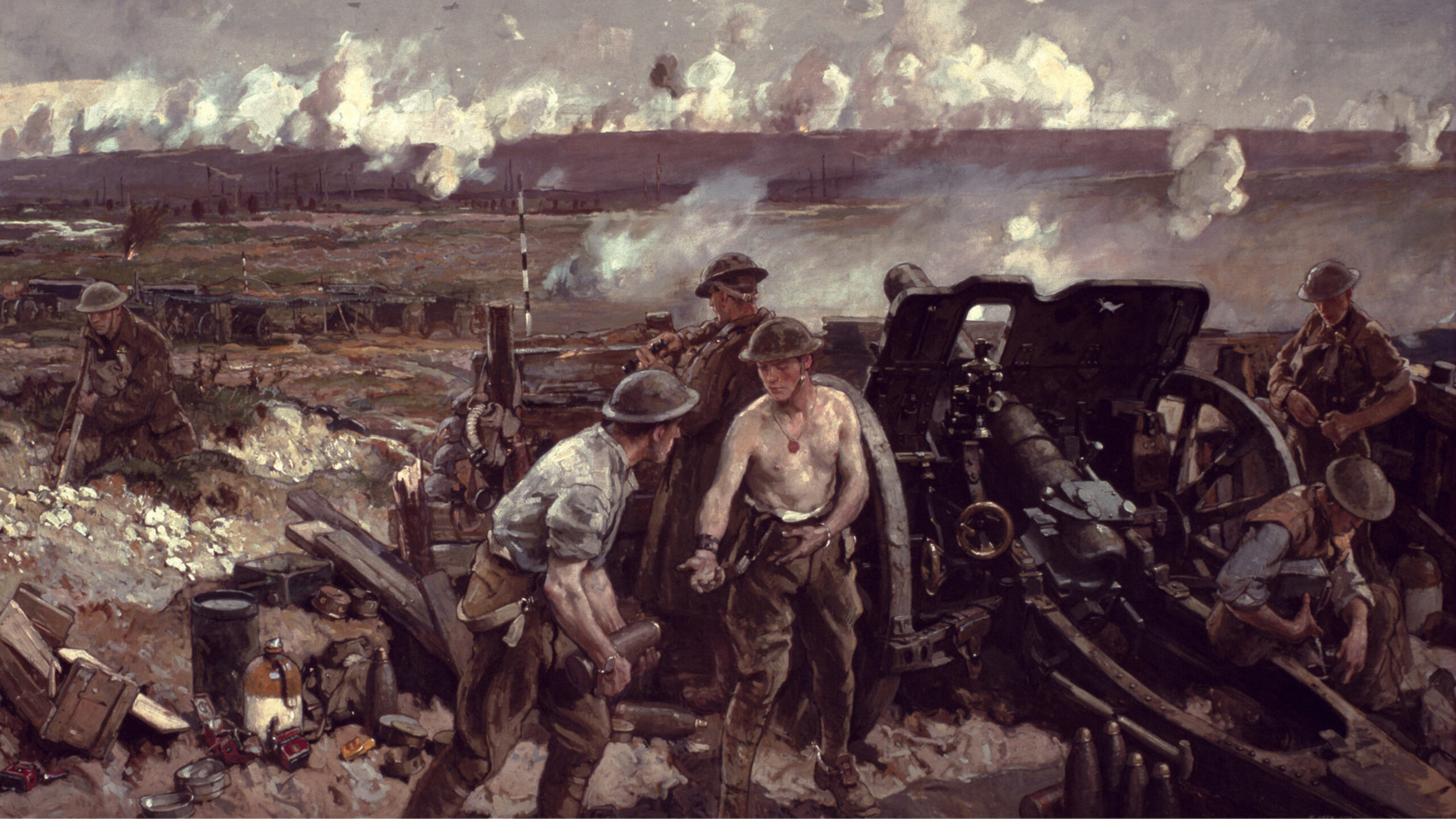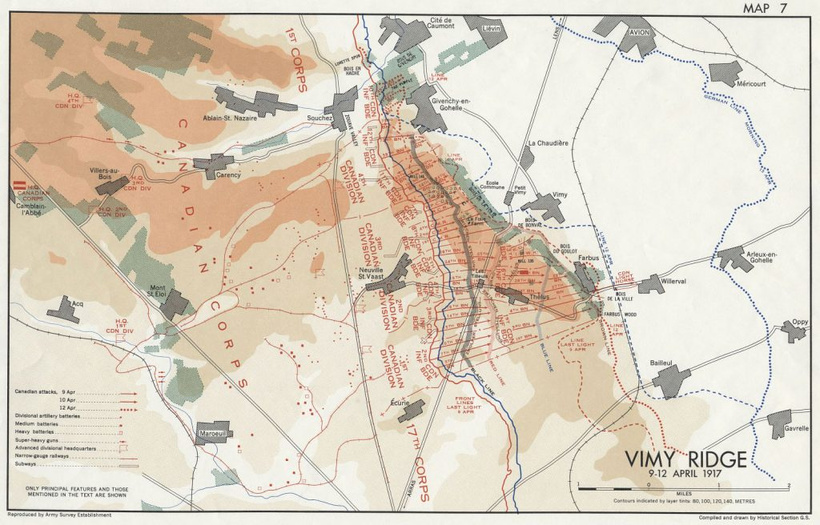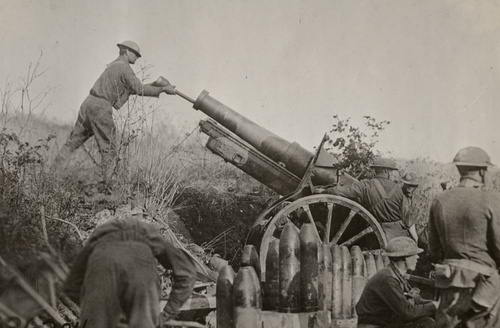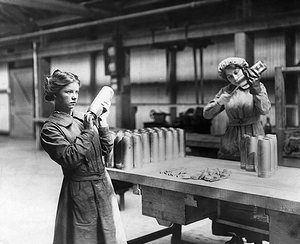
Battle of Vimy Ridge: The Canadian Lens
The Vimy Ridge battle showed the Canadian soldiers bravery and sacrifices at Vimy Ridge during the First World War
Date: April 9 to April 12, 1917
The Event
By 1917, following three years of useless savagery, The Great War had turned into a conflict of attrition. Rival United and German powers wound up in a stalemate on the Western Front, an immense series of channels extending from the North Sea through Belgium and France to the Swiss boundary. A large number of fighters were killed and injured on the two sides in a fight that was a long way from terminating the conflict. (Foot)

(Vimy, Pas-de-Calais, France; the map of Canadian operations at Vimy Ridge from 9 to 12 April 1917)

Canadian Entry
In mid-1917, British High Command requested the Canadian Corps to possess the situation as a component of a significant spring hostility in the Arras region. In the following effort, the English powers in the south would have restricted achievement, and the French would bomb definitively with numerous units mutinying. An assault on Canada's Vimy Edge would be stupendous by correlation.(Statistics Canada)
A Planned Battle
Canadian Corps General Lieutenant General Julian Byng requested new strategies in anticipation of the looming assault. In the wake of gaining from the Battle of the Somme, concentrated on preparing arranged warriors for what looked for them in the combat zone, enabling them to settle on fast choices predictable with by and large preparation. became. Smaller units and individual warriors were supposed to get more data about the fight and to start to lead the pack in proceeding with the development regardless of whether their officials were killed or injured. (Canadian War Museum)
(Lieutenant-General Sir Julian Byng at the Vimy Ridge)
New Tactics

(a soldier refilling a cannon during WW1)

(WW1 grenades factories)
A huge cannon blast consolidating further developed procedures for counter-going after enemy firearms would obliterate German positions and detach foe powers in their channels. New strategies were utilized during the fight. To start with, the officers were told to have an independent mind. You can change your strategies if essential. I used to need to hang tight for my request. Also, troopers had various missions. Not every one of them utilized weapons. Some had automatic weapons. Some even tossed explosives. Some were engineers. Third, cannons were vital. The cannons gave a supposed "crawling flood". This implied that the cannons would besiege the situation before the propelling fighters. German officers had to stay in dugouts. They couldn't shoot assault rifles at the Canadians. Troops were given point-by-point data on the territory and the area of foe bases and were shown war zone models and guides utilizing airborne photos of edges. (Foot)
The Attack
Cannons besieged the Germans seven days before the assault. Canadian powers went after promptly toward the beginning of the day of 9 April. Around 15,000 Canadians walked in the main wave. The gunnery kept on barraging the German channels. Simultaneously 150 automatic rifles started shooting at the Germans. At the point when the Canadians came to the channels, they battled inseparably. In one section, the Canadians moved the Germans by five kilometres.
(15,000-20,000 Canadian soldiers, many heavily laden with equipment)
This was the biggest Unified advance at that point. On different areas of the edge, including Slope 145, the Germans were considerably harder to overcome. It was only after April twelfth that Canadians, at last, arrived at their last pinnacle, the supposed 'skin inflammation'. The Canadians at long last won the Battle of Vimy Ridge. However, north of 10,000 Canadian warriors were killed or injured. The Germans likewise experienced heavy casualties. (THE CANADIAN ENCYCLOPEDIA)
How It Started
At 5:30 am on Easter Monday, April 9, 1917, right around 1,000 weapons started shooting at the German positions. In the primary wave, an expected 15,000 Canadians rose from their channels and advanced toward the edge, trailed by thousands more (Canadian Culture Online of Canadian Heritage). Regardless of heavy battling across the front, the Canadians caught a large portion of the edge on the ninth, and the lay on the twelfth.
(Canadian troops Vimy Ridge graveyard)

How it affected Canada
The Canadian power's effective capture of Vimy Ridge was because of various specialized and strategic advancements, very amazing big guns readiness, sound and cautious preparation, and intensive arrangement. This was the initial time every one of the four of his divisions in the Canadian Corps went after in consolidated development.
(Different countries at the Versailles Peace Treaty)
Accomplishment at Vimy showed that no position was resistant to a painstakingly arranged and executed assault. This achievement enormously impacted Allied planning. Triumph at Vimy came rapidly, yet not without cost. Of the 10,602 Canadian losses, 3,598 kicked the bucket. After Vimy, the Canadian Army had an endless flow of achievements, and was delegated in 1918 with the outcome of "Advance to Triumph". The record provoked Canada to sign a different Versailles Peace Treaty ending the War.
(“Government of Canada”)
How it affected Canada: 2
This occasion was a characterizing occasion for Canada and was viewed by numerous peers and later researchers to be a significant occasion in Canada's way to full freedom from Britain (Canadian Culture Online of Canadian Heritage.). From that point forward, the fight has turned into a significant image of Canada, an uncommon triumph for Canadians and the nation over, and without precedent for history, each of the four divisions of the Canadian Corps battled the conflict.
CANADIANS CELEBRATING CANADA DAY!
Contact us
BY ARWA DAMLAKHI
arwa.damlakhi@alrisalaacademy.com
For course: CHC2P
Teacher: Yasir Saleh
Works Cited
Works Cited
Canadian Culture Online of Canadian Heritage. “Land Battles - Vimy Ridge | Canada and the First World War.” Canadian War Museum, 20 June 2008, https://www.warmuseum.ca/firstworldwar/history/battles-and-fighting/land-battles/vimy-ridge/. Accessed 8 June 2023.
THE CANADIAN ENCYCLOPEDIA. “Battle of Vimy Ridge (Plain-Language Summary).” The Canadian Encyclopedia, 28 May 2022, https://www.thecanadianencyclopedia.ca/en/article/battle-of-vimy-ridge-plain-language-summary. Accessed 8 June 2023.
Canadian War Museum. “Generals - Sir Julian Byng | Canada and the First World War.” Canadian War Museum, https://www.warmuseum.ca/firstworldwar/history/people/generals/sir-julian-byng/. Accessed 12 June 2023.
Foot, Richard. “Battle of Vimy Ridge.” The Canadian Encyclopedia, 20 July 2006, https://www.thecanadianencyclopedia.ca/en/article/vimy-ridge#. Accessed 8 June 2023.
“Government of Canada.” The Battle of Vimy Ridge Fast Facts - Canadian National Vimy Memorial - Memorials In France - First World War Memorials Overseas - Memorials Overseas - Memorials - Remembrance - Veterans Affairs Canada, 14 February 2019, https://www.veterans.gc.ca/eng/remembrance/memorials/overseas/first-world-war/france/vimy/battle. Accessed 8 June 2023.